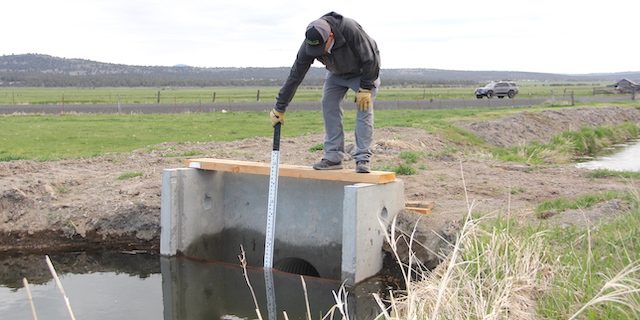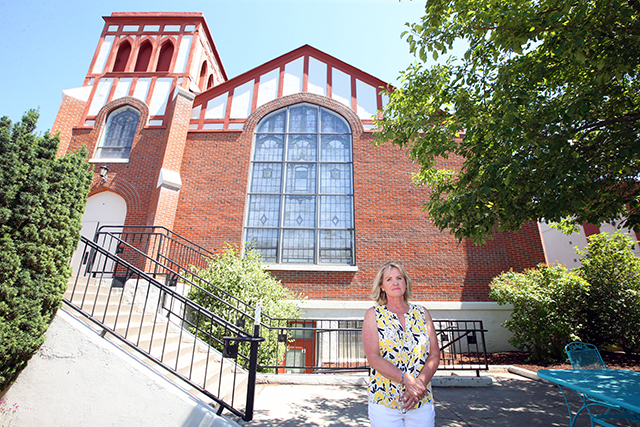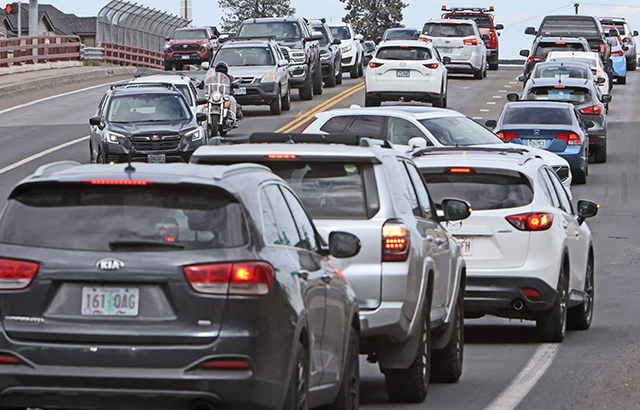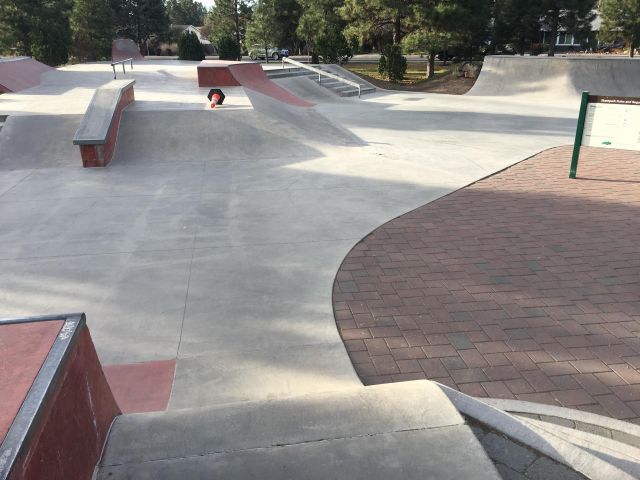Klamath Irrigation District becomes more water wise with new app
Published 10:03 am Monday, April 28, 2025

- Ditch rider Nate Blevin measures water depth at a weir in the Klamath Project. (Lacy Jarrell/ For the Capital Press)
KLAMATH FALLS — Klamath Irrigation District is transitioning to a new technology that will help it be more efficient and cost effective in delivering water to roughly 200 linear miles of canals and drains throughout the Klamath Project.
KID Executive Director Gene Souza explained that the technology for ordering water hasn’t changed much since the project was created in the early 1900s.
In the early days, the project’s ditch riders lived along the canal system and rode horses to take water orders in person on the ditch bank. Now, more than 100 years later, ditch riders live where they want, drive vehicles along their routes, and can take orders by cell phone or text, but a lot of manual labor is still required to complete and process orders.
Trending
The district’s new custom-designed water ordering app, created by Watervize, a web-based system that enables districts to receive and process water orders online, will streamline ordering, reduce district labor costs, and create a historical water use database for KID and the eight other districts it serves, Souza said.
Ditch rider Nate Blevin said on his route he carries a binder with a monthly log sheet for each turnout where water is delivered. In it, he tracks deliveries by writing the order date, volume request, and delivery dates, along with other data.
“Every time I get an order, I have to manually input it. If the irrigators order through the app, all I’ll have to do is approve it,” he said.
Blevin explained that transitioning to an app will allow irrigators to input their orders with just a few taps and in addition to simplifying the order process, recurring orders that span several days will repopulate until the order period ends, reducing manual daily tracking and giving irrigators instant access to their irrigation records.
“Once we get it up and running fully, it’s going to be more efficient for us taking the orders. We won’t have to be answering our phone constantly, potentially freeing up time to get other stuff done,” Blevin said.
According to Souza, KID serves about 3,200 turnouts, meaning the eight ditch riders managing water orders fill out roughly 3,200 pieces of paper each month. After the monthly logs are completed, they are passed to office staff who then manually enter the data in a spreadsheet. Souza said it’s a process that takes about two weeks and can create a lag in notifying irrigators when they are close to exhausting their water right or contract.
Trending
Because of this, irrigators often don’t understand their individual water usage, and in the past some have been surprised to learn they have run out of the water legally or contractually allocated to them.
Ditch rider Jeff Koenig said the app will help irrigators track their use every time an order is placed.
“The customers would be able to keep track of what they have left, and they would be able to see how much water they are using,” Koenig said. “It wouldn’t be quite a shock when they see they are out of water.”
Souza noted that modernizing water deliveries through the app will improve communication with irrigators in real time and said the app will be free to download. Irrigators won’t incur additional costs for the service because it will be part of the KID operations and maintenance costs. He hopes to have the beta testing complete by the end of 2025 and to be fully implemented in 2026.








